Introduction
There is no disputing the make-or-break power of the holiday shopping season for online retailers. U.S. consumers spent an estimated $123.9 billion in eCommerce during this period last year – including $7.87 billion on Cyber Monday alone, according to eMarketer. In today’s business environment, these companies widely realize that they must optimize the online customer experiences they offer in order to make the most of that vast potential for profit.
Yet many eCommerce companies are only now beginning to understand the importance of protecting their shoppers’ experiences from clientside disruptions, distractions, and disturbances. What these businesses are discovering is that after all the time and money they invest in crafting the ideal online journey for their target audience, in many cases shoppers have a very different experience from the intended one.
That’s because every time a consumer visits an eCommerce website, there is a 15% to 25% chance that unauthorized ads will be injected to appear as if they are part of that website – a phenomenon that we call Customer Journey Hijacking (CJH).
To help you optimize and protect your eCommerce customer experience for the holiday season, this guide offers you insights that we have gathered by working with major online retailers, surveying online shoppers, collecting data on online traffic patterns, and fighting CJH. In the following pages, you will learn:
- Various ways to segment your customers and personalize their journeys.
- Why CJH threatens your bottom line – and how you can make it back off.
- Three keys to making the most of your online checkout.
- The essential criteria any eCommerce website must meet to be mobile-friendly.
- Steps other retailers are taking to offer a seamless omnichannel customer experience.
Read on to become better prepared to drive traffic, improve your online store’s user experience, and convert new customers during the holidays and well into 2020.
Focus on the Customer
The idea of focusing on the customer may sound painfully obvious, but the reality is that countless online retailers still come up short in this regard. When it comes to optimizing your online store’s shopping experience, it is important to consider your entire customer base in order to offer each visitor a successfully personalized experience. And when it comes time to protect that experience from bad actors’ attempts to disrupt it, it is essential to consider what shoppers actually see when they visit your website.
 Segmenting and Personalizing Based on Real-Time Customer Data
Segmenting and Personalizing Based on Real-Time Customer Data
For any retailer looking to sell to a diverse audience, the holiday season presents both a significant opportunity and a stern test of big-data analytics. Finding new and valuable segments within your customer data is key to capitalizing on these insights through targeted engagement and personalization.
Once you’ve segmented your audience effectively, you will be able to better match your product offering to your customers’ needs by creating personalized marketing experiences.
Real-time data technology captures the current data points of your website visitors so you can zero in on these in-the-moment attributes and use timely data to produce relevant recommendations. For example, you can personalize your mobile and website content, calls to action, product images and videos, and holiday promotions with realtime parameters such as these:
Key Parameters for Real-Time Website Personalization
- Operating System
- Traffic Source
- City and location
- The visitor’s device
- Cart contents
Helping Shoppers Self-Segment
One factor that makes the holiday season unique is that customer behavior patterns often split into two tracks. On one hand, they will shop for gifts for others, browsing and purchasing in certain product categories that only interest them at this time of the year. But in parallel with this, they’ll also keep looking for holiday deals on products they seek for themselves.
For those customers shopping for themselves, it is a good idea to provide the option of creating a wish list. In addition, putting a “Gifts for me” option on your site helps you distinguish between the products each user wants to own and those that they want to give. Not only do these two types of lists serve as a useful organizational tool for consumers, but they give you a rich body of information that you can use to segment your customers and offer personally relevant product recommendations.
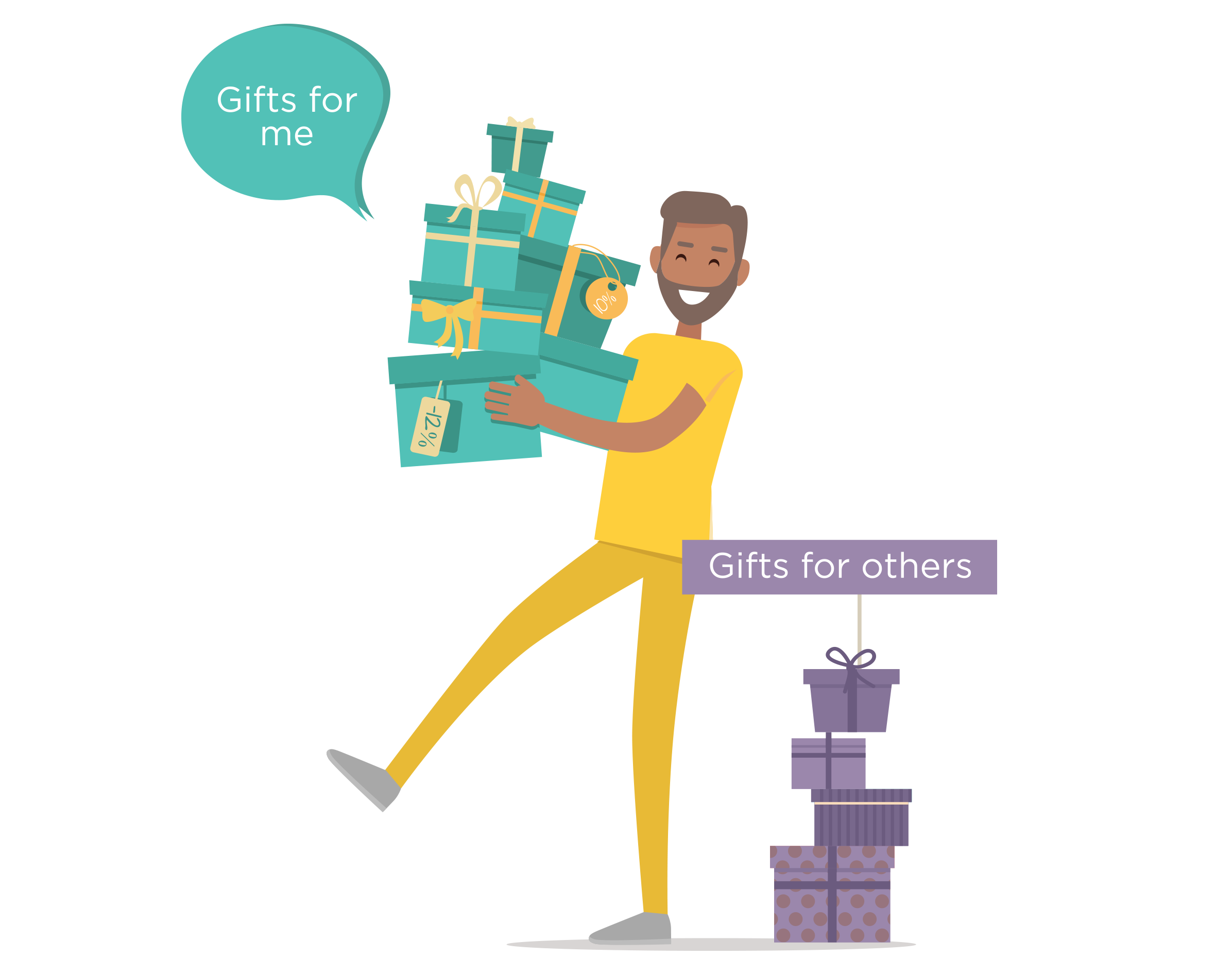 Seeing What Your Customers See
Seeing What Your Customers See
Part of what makes Customer Journey Hijacking (CJH) such a difficult problem for online retailers is that these companies don’t see the injected ads that many of their customers do. That’s because CJH is a client-side phenomenon that is typically invisible to the retailers whose online stores are affected.
Meanwhile, those customers often think you were the one who put injected ads on your website. In fact, in Namogoo’s survey of more than 1,300 online shoppers, just 3% of respondents said that if they see a pop-up ad while visiting an eCommerce website, that means they have a bug on their own computer. And 78% said that if a retailer’s website has injected ads leading to other websites, that would be either “likely” or “very likely” to negatively impact their view of that retailer. This study also found that 66% of consumers think these ads indicate that their privacy is being compromised.
Examples of Ad Injections:
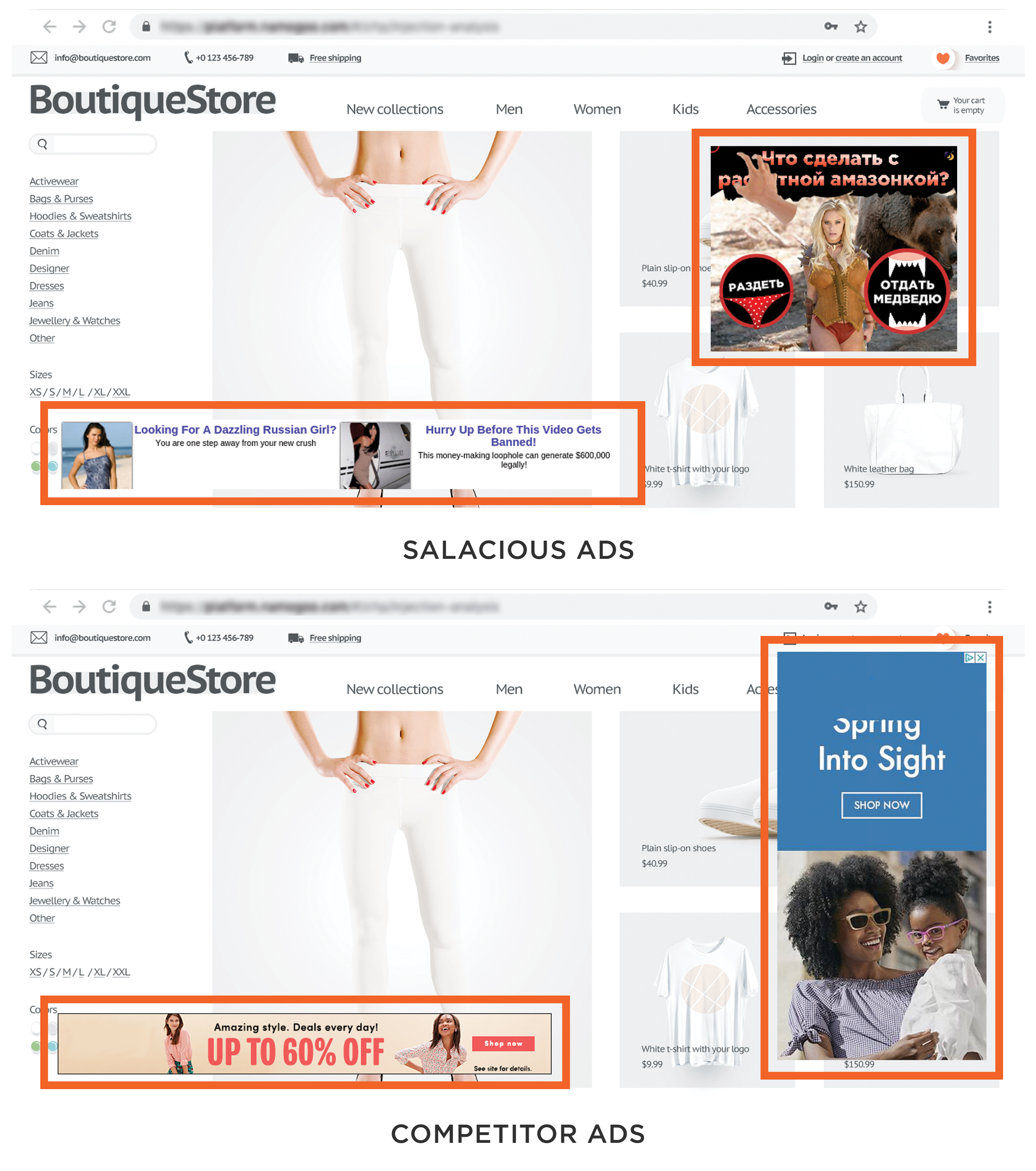 While there are some variations in the ways CJH can work, here is the most common method:
While there are some variations in the ways CJH can work, here is the most common method:
How Customer Journey Hijacking Typically Works
- Malware is installed on the user’s digital device without their knowledge (typically when they install free software such as a mobile app or browser extension, or while they are connected to an unsecured Wi-Fi connection).
- The malware tracks the user’s activities and builds a personal profile based on their preferences, habits, and other characteristics.
- When the user visits an eCommerce website, the malware “injects” ads so that they appear on the user’s device, using their personal profile to determine which ads are most likely to be effective.
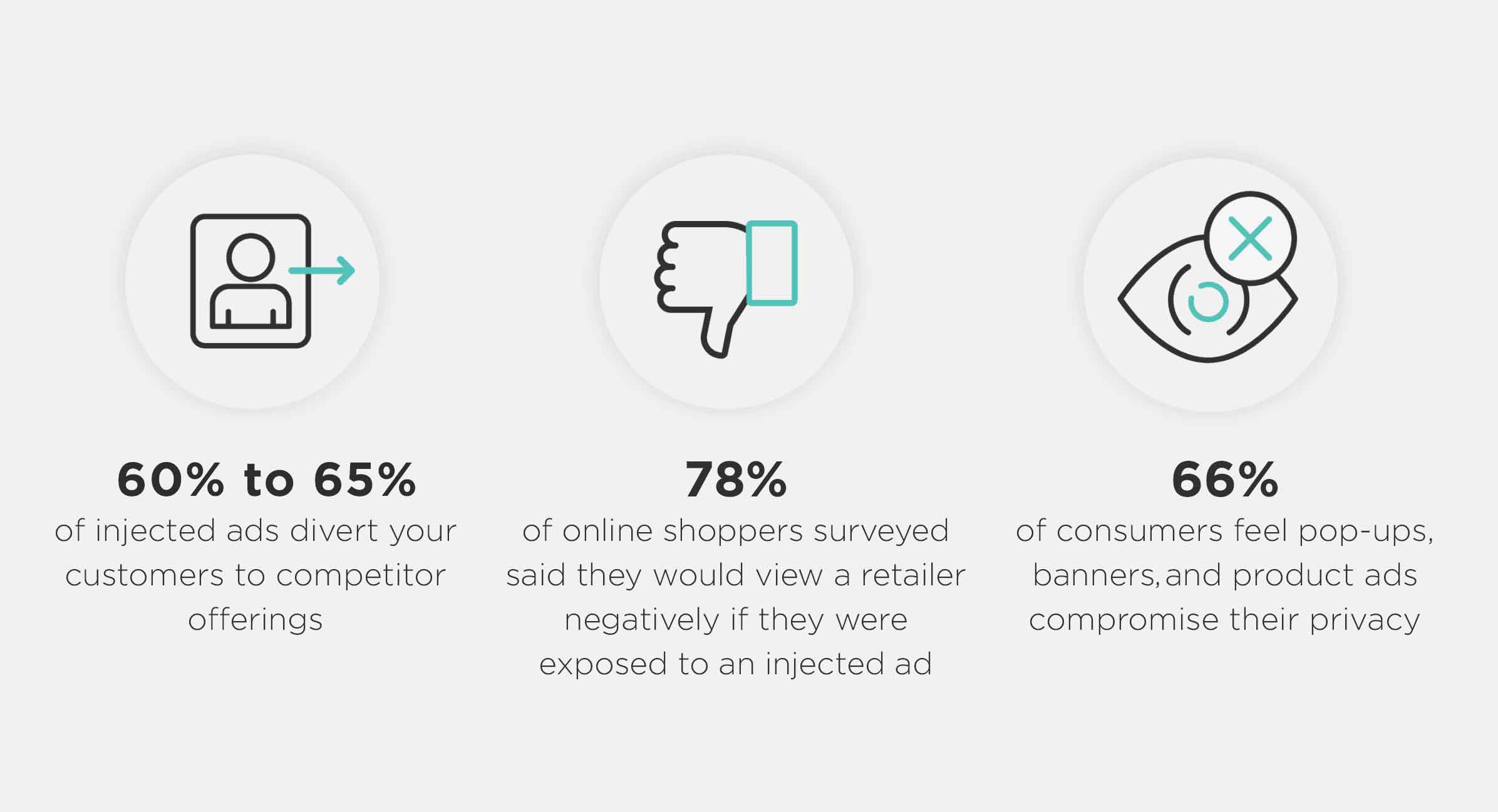 The injected ads can include pop-ups, banners, and/or product ads. When the user clicks on a link, the malware may also redirect them to a different website – a tactic that is often used on unwitting shoppers.
The injected ads can include pop-ups, banners, and/or product ads. When the user clicks on a link, the malware may also redirect them to a different website – a tactic that is often used on unwitting shoppers.
The majority of these injected ads (60% to 65%, according to data gathered by Namogoo) promote products sold by competing stores. In addition, many ads risk damaging an online store’s brand reputation by promoting adult websites or online gambling. At the same time, injected ads often hurt the customer experience by slowing page loading times.
While these ads appear frequently throughout the year, they are particularly common during the holiday season, when traffic is at its highest. Our 2018 data found that as web traffic volumes increased in late November and December, the percentage of online shopping sessions impacted by Customer Journey Hijacking spiked – reaching 24.5% overall and topping 30% among certain categories of shoppers in Q4.
By using Namogoo’s technology to block these invasive promotions from disrupting their customers’ journeys, leading online brands worldwide are improving their conversion rates by between 2% and 5% – resulting in an increase of 5% to 7% in revenue per visitor.
For example, after eliminating these disruptions, Office Depot’s Viking brand saw its conversion rate rise by 3.4%, premium travel accessories brand TUMI saw its conversion rate rise by 2.3%, and Dollar Shave Club saw its subscription (conversion) rate jump by 4.6%.
Make the Most of Online Checkout
Although checkout pages come at the bottom of the sales funnel, it would be a mistake to think of this critical step as marking the conclusion of the customer journey.
Because checkout is a major driver of customer satisfaction, it also presents a golden opportunity to invite your customers to come back to your online store in the future. Consumers don’t forget how smooth or rough a buying experience they’ve had on your site, and that impression often dictates whether you can expect them to visit again. In Namogoo’s survey of more than 1,300 online shoppers, over 75% of respondents said an easy checkout process is a factor that makes for a great online shopping experience.
That’s why checkout optimization helps you not only to “close the deal” and turn a visitor into a paying customer, but also to lay the groundwork for turning that customer into a repeat customer.
To help you achieve both of those goals, here are three keys to making the most of your checkout page:
1. Block injected ads
As bothersome as ad injections can be throughout the customer journey, they are particularly problematic when they appear at the very bottom of the sales funnel – which is exactly where they are most likely to show up. Our large-scale data analysis found that these ads appear during 28.99% of all visits to checkout pages and a whopping 40.43% of all visits to order confirmation pages. It seems that the ad-injecting malware that drives CJH makes a point of targeting shoppers who are already prepared to pay.
By blocking these ads from appearing on users’ digital devices, you can prevent them from sending customers who already have their wallets out straight into the arms of your competitors.
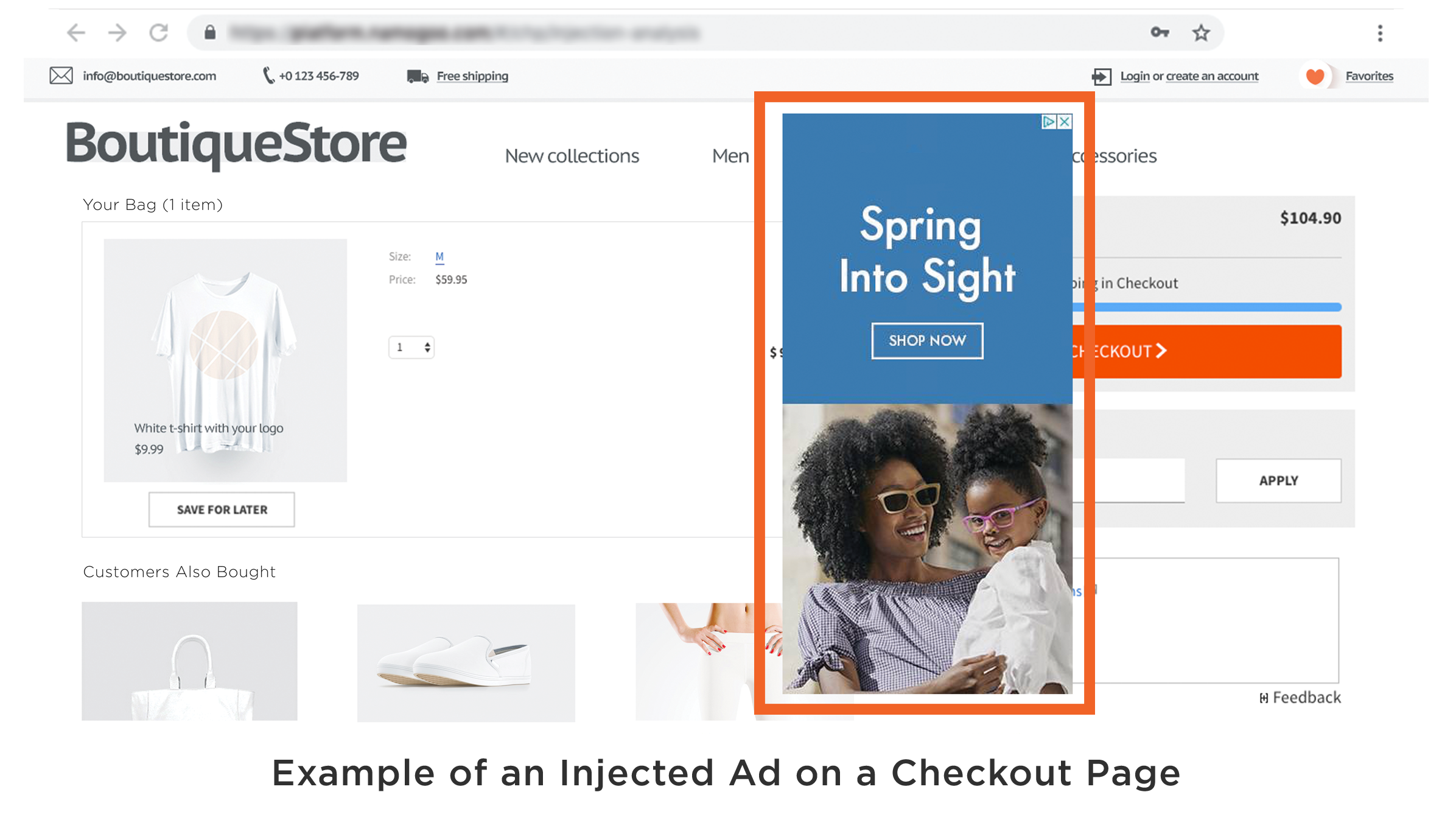 2. Require less input
2. Require less input
Checkout is not the stage of your sales funnel where you want to add work for your customers. Once a shopper is ready to make a purchase, it is important for them to encounter minimal friction so as not to fuel hesitation, doubt, or frustration. Not only does reducing this friction make it less likely that that you will lose a sale, but it decreases the chances that a customer will walk away with a negative impression of your company.
One particularly frustrating checkout experience for shoppers is needing to fill in the same information twice. In our survey of online shoppers, 63% of respondents cited this phenomenon as the “most frustrating part of the checkout process” on mobile devices, while 53% said the same of shopping on desktop or laptop computers. While this is just one common pitfall to avoid, it is helpful to apply this focus on simplicity to your entire checkout experience.
3. Provide more detail, especially regarding delivery
While requesting as little information from customers as possible is an essential element of checkout optimization, it is important to provide them with plenty of information – particularly when it comes to setting realistic delivery expectations. The more detail you can give regarding delivery schedules, the more you will succeed in removing shoppers’ doubts and gaining their trust (and their business).
In our eBook The Customer Journey: A 360° View from Top eCommerce Executives, Samsonite’s VP of eCommerce, Jay Nigrelli, highlighted the value of specificity at the final stage of the customer journey.
“At checkout, it’s important to more effectively explain to your customers when they should expect to receive their delivery,” he said. “Instead of telling customers that we’re going to deliver in 4-10 business days, we can use information about where we’re shipping that order from to tell them exactly when it will arrive or at least give them a better range, and keep them updated on where their product is in the fulfillment process.”
Optimizing each and every customer’s checkout experience
By the time a shopper arrives at your checkout page, that individual is at the bottom of the sales funnel – but that doesn’t mean that a purchase is guaranteed. Getting that consumer to take those last steps and pay for your products (and to come back again in the future) still depends on providing them with a checkout experience that meets their needs.
That’s why it’s so important to focus on every customer when developing your checkout optimization plans. Some shoppers will be on desktop and laptop computers, while others will be shopping on their smartphones. Some may be enthusiastic enough about your products that they will be unfazed by the need to enter the same information twice, but others will not be so forgiving. Some may be happy just to know they will receive your product this week or next, but others will be unsatisfied with a customer experience that doesn’t tell them as precisely as possible when they should expect their new purchase to arrive. And some will not view injected ads leading to your competitors’ online stores. But, unless these unauthorized ads are blocked, many of your customers are likely to see them while preparing to finalize their purchases.
Don’t Forget Mobile Shoppers
With mobile sales on the rise, the importance of offering an excellent mobile shopping experience continues to increase. Our data from the 2018 holiday shopping season in the U.S. and Europe showed that while most online orders were placed from desktop computers (66% in the U.S. and 69% in Europe), the vast majority of eCommerce traffic came from mobile devices (65% in the U.S. and 72% in Europe) – underscoring the significance of the mobile customer experience in preparing shoppers to make a purchase.
Here are a few ways to both drive traffic and convert shoppers via mobile optimization this holiday season:
1. Optimize mobile search
Mobile customers usually intend to search for a specific product they have in mind, and the last thing they want is to be forced to scroll through your site on a smaller form factor to just to begin their search. Search bars should appear at or near the top of your mobile site, especially if you’re a multi-category retailer. Implementing autocomplete for searches and investing in predictive technologies that improve relevancy will improve their search experience while allowing you to market your best-fit product for that customer.
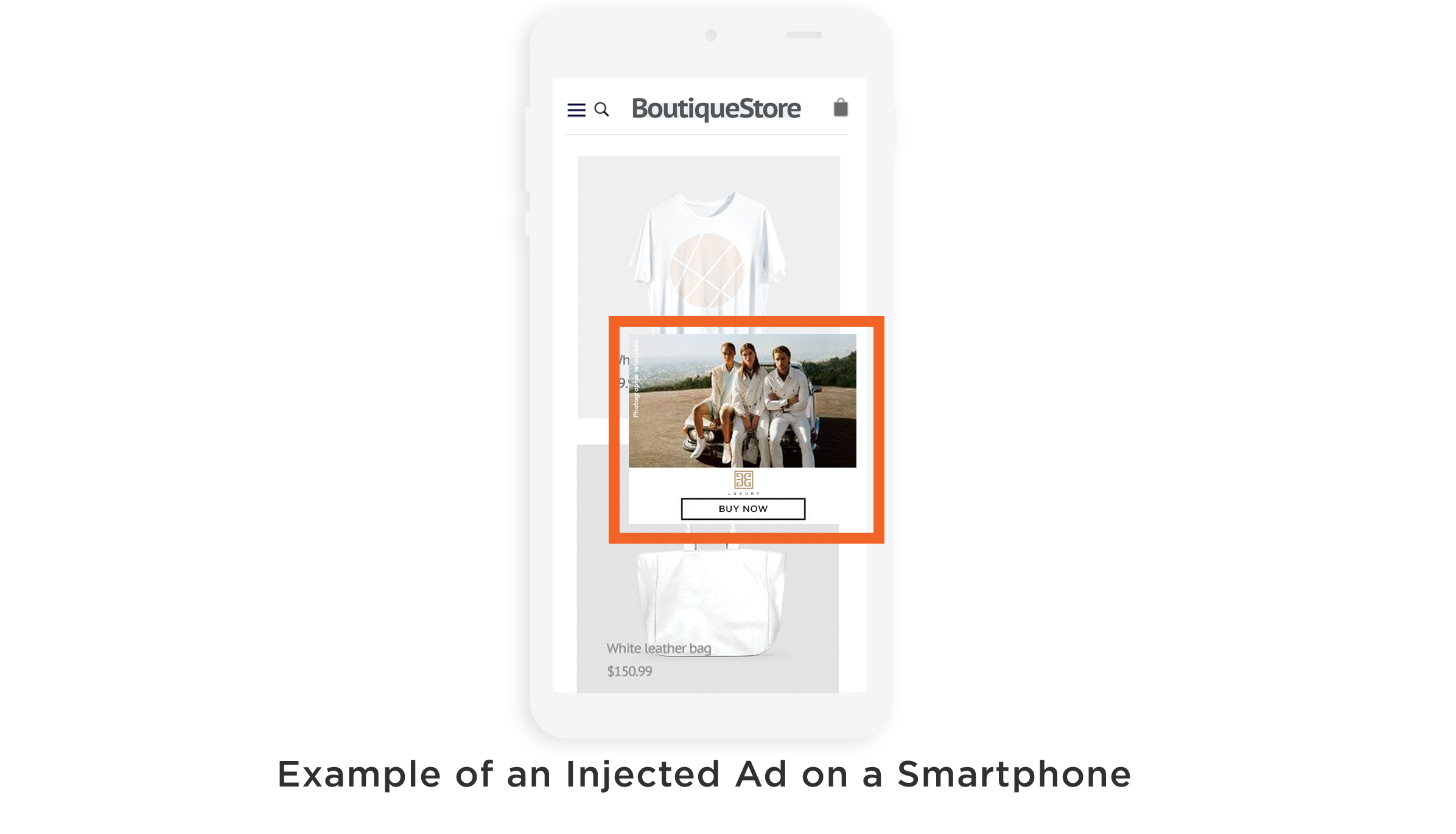 In addition, a recent survey reveals 53% of consumers say their smartphones are the devices they use most often for visual search. While demand is rising for visual search across product categories, it is especially high for apparel and furniture products – categories for which the same survey found that over 80% of consumers consider visual information to be more important than text when making a purchase.
In addition, a recent survey reveals 53% of consumers say their smartphones are the devices they use most often for visual search. While demand is rising for visual search across product categories, it is especially high for apparel and furniture products – categories for which the same survey found that over 80% of consumers consider visual information to be more important than text when making a purchase.
2. Increase offline convenience via geo-targeting
With such a large portion of mobile shoppers browsing online and looking to purchase or pick up in-store, targeting users by proximity and posting store hours for the nearest location helps cut the path to purchase for these customers. Implementing solutions that let you display updated product inventory and availability lets roaming customers know how soon they’ll be available in-store.
3. Block ad injections
Our data from Q4 of 2018 (the quarter that included last year’s holiday shopping season) show that injected ads appeared during 16.8% of mobile shopping sessions in the U.S. and 17.1% of mobile shopping sessions in Europe. While these numbers are lower than the corresponding figures for desktop shopping sessions, it is important to note that mobile users are less patient when it comes to disruptions.
The same Namogoo solution that blocks injected ads on desktop devices also blocks these unsanctioned promotions from disrupting mobile shopping sessions. By fighting these ads during the holiday season, you can prevent Customer Journey Hijacking from hurting your mobile customer experience and sending interested shoppers to competing eCommerce websites.
4. Make checkout the easiest part of the mobile customer journey
While it is important to offer desktop shoppers a user-friendly checkout experience, making this critical part of the customer journey as fast and intuitive as possible for mobile users requires extra care. Given the constraints of smartphone screens and the lack of a physical keyboard, clarity and simplicity are essential here.
In Namogoo’s eBook The Customer Journey: A 360° View from Top eCommerce Executives, Jason LeBoeuf, then director of eCommerce at ASICS, emphasized the need to reduce the friction involved in mobile checkout by offering customers the most seamless payment options and the quickest path to getting there.
“Reducing friction means ensuring you have concise product info on mobile, make storing shipping and billing details easy, and accommodate the different payment processes people are using”
As more and more consumers start and end their customer journeys on their mobile phones, the mobile experience will play an increasingly important role in a company’s success.
Deliver a Seamless Omnichannel Experience
Today’s customer journeys are no longer bound to a single linear path. Retailers have both the challenge and the opportunity of engaging with their target segments where they are most comfortable – whether online, offline, on mobile, or on social platforms. Being ahead of the omnichannel curve heading into the holiday shopping season by connecting multiple channels into one seamless experience will prove to be a major point of differentiation for online retailers.
Here are some of the top trends that some brands are investing in to provide omnichannel convenience to their customers:
1. Using pop-up stores to level the playing field
Whether shopping for themselves or their loved ones, many holiday shoppers browse online but still prefer to go to a physical store to check out the merchandise before making a purchase. A recent survey reports 85% of U.S. shoppers prefer going to a store to buy clothing, with the top reasons being the chance to try on clothes, check fittings, and see the items in person.
Pop-up stores – temporary, physical shopping spaces set up by online retailers to display their products – give these companies a chance to be where their customers are and build stronger relationships with them. And there’s no better time than the holiday shopping period to do just that.
2. Talking to customers with conversational AI
Shoppers are multi-tasking even more than usual during the preholiday rush – making it even more important to make the shopping experience as intuitive and user-friendly as possible. One way to achieve this goal is by engaging consumers using conversational commerce on your website, on your mobile app, or via social platforms. Anonymized conversational data can be used to pull out trends and customer sentiments that inform future eCommerce promotional strategies and improve customer service.
 3. Letting customers shop by voice
3. Letting customers shop by voice
A new study by Voicebot reports that 66.4 million Americans now own smart speakers – a figure that increased 40% in 2018 alone. Voice search enables customers to quickly search for products, compare prices, and confirm their shopping lists using virtual assistants such as Siri, Google Assistant, and Amazon Alexa. As adoption continues to grow, the days of voice as a key channel for purchases are coming fast. To stay ahead of this curve, retailers would be wise to ramp up investment in these capabilities and turn searching, adding to cart, and completing checkout into a seamless and connected experience for customers.
Conclusion
With holiday promotions launching earlier each year, you can expect many consumers to be deep into their shopping lists before this Black Friday and Cyber Monday even arrive. That’s why now is the time to develop and start implementing your plans for realizing the full potential of the 2019 holiday season.
Achieving that goal requires you to both optimize and protect your online customer experience.
More specifically, it involves segmenting your customer base, personalizing your eCommerce website, blocking injected ads, finetuning your checkout page, accommodating mobile shoppers, and offering a seamless omnichannel experience.
By applying the lessons covered in this guide, you can help your brand capitalize on the eCommerce holiday rush – and, more importantly, you can increase your chances of gaining loyal customers for 2020 and beyond.



